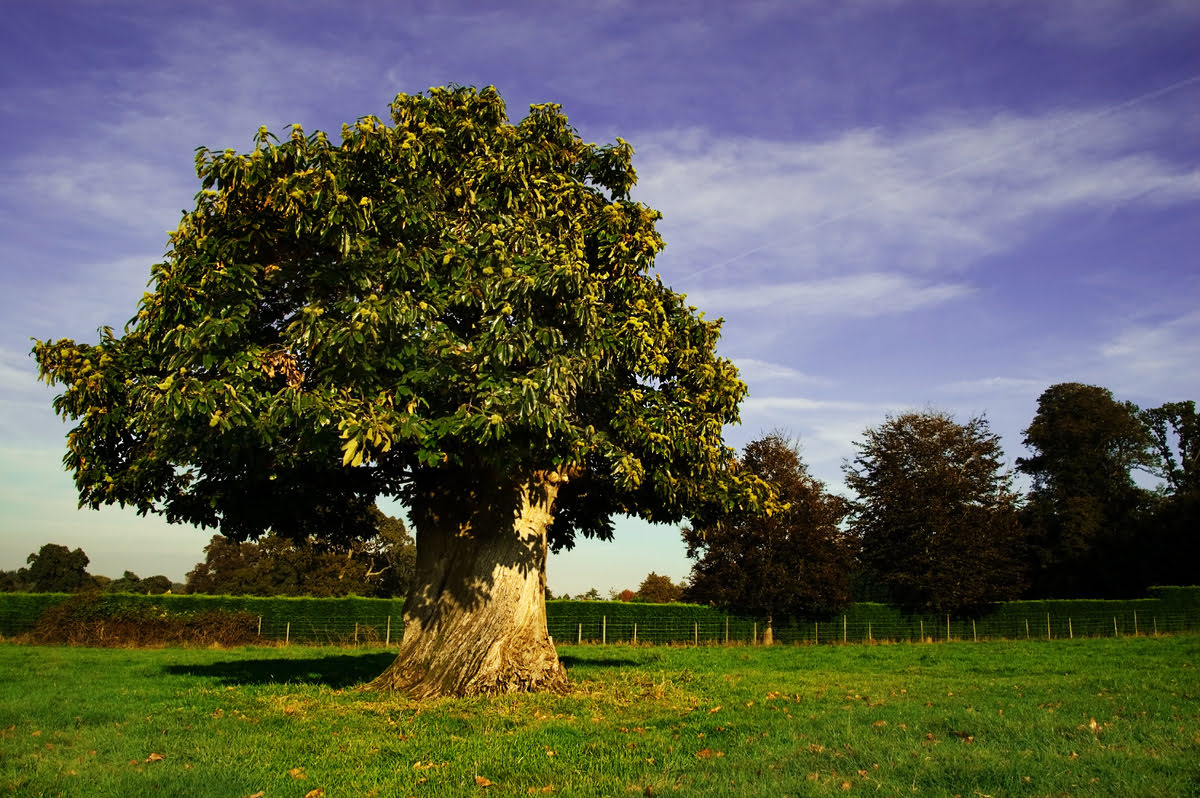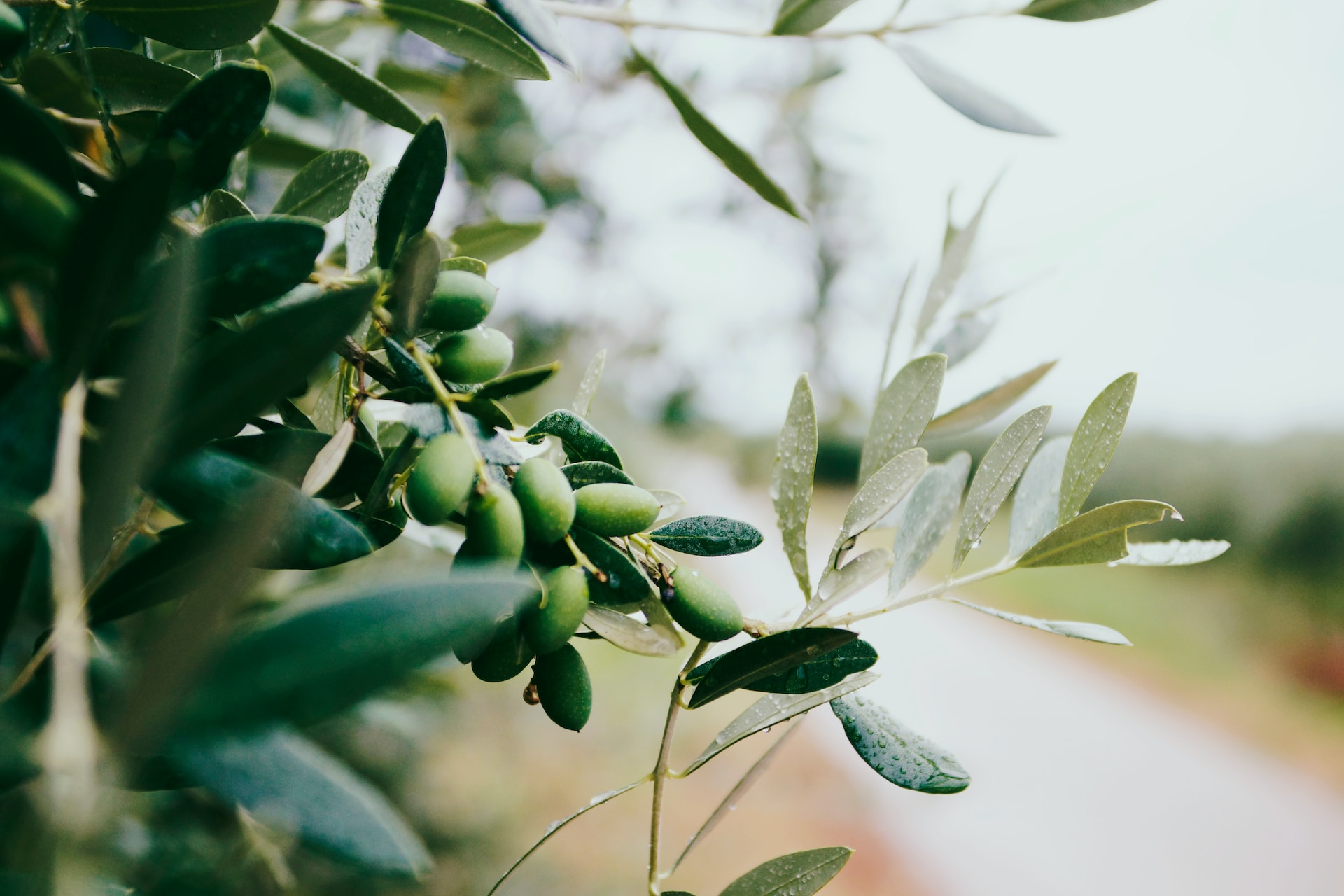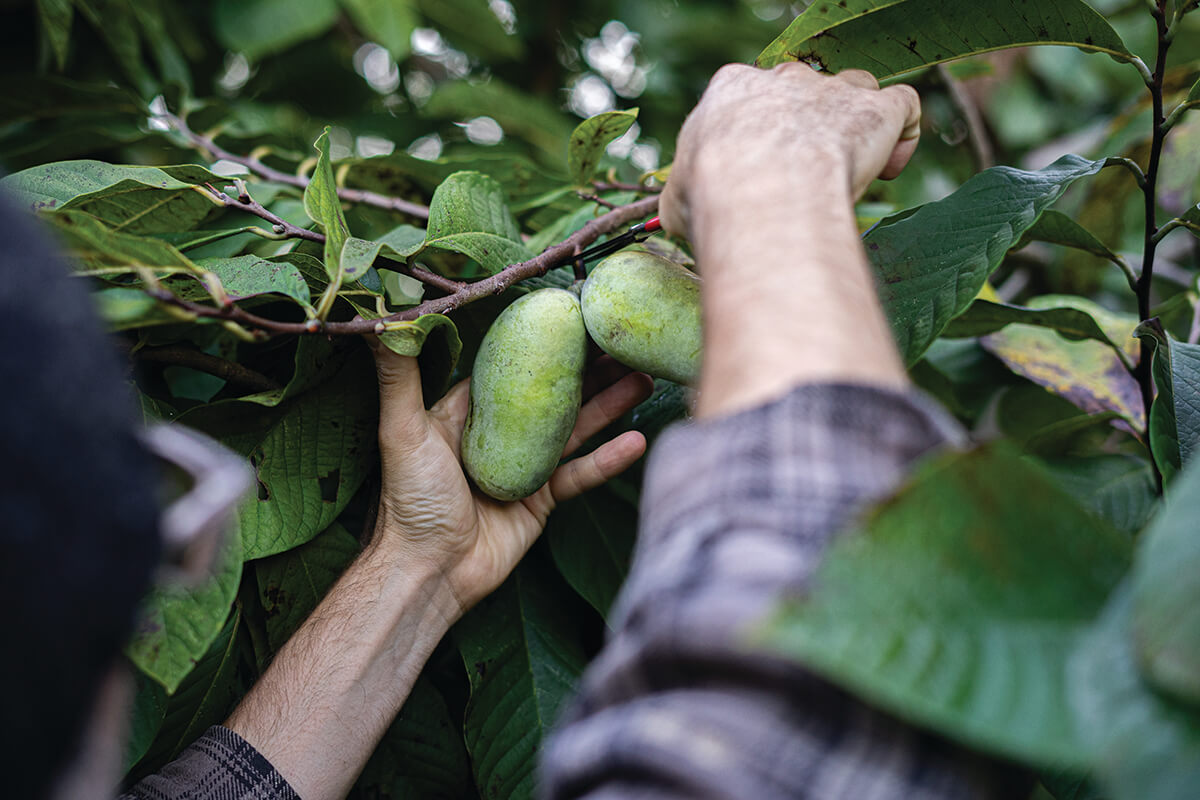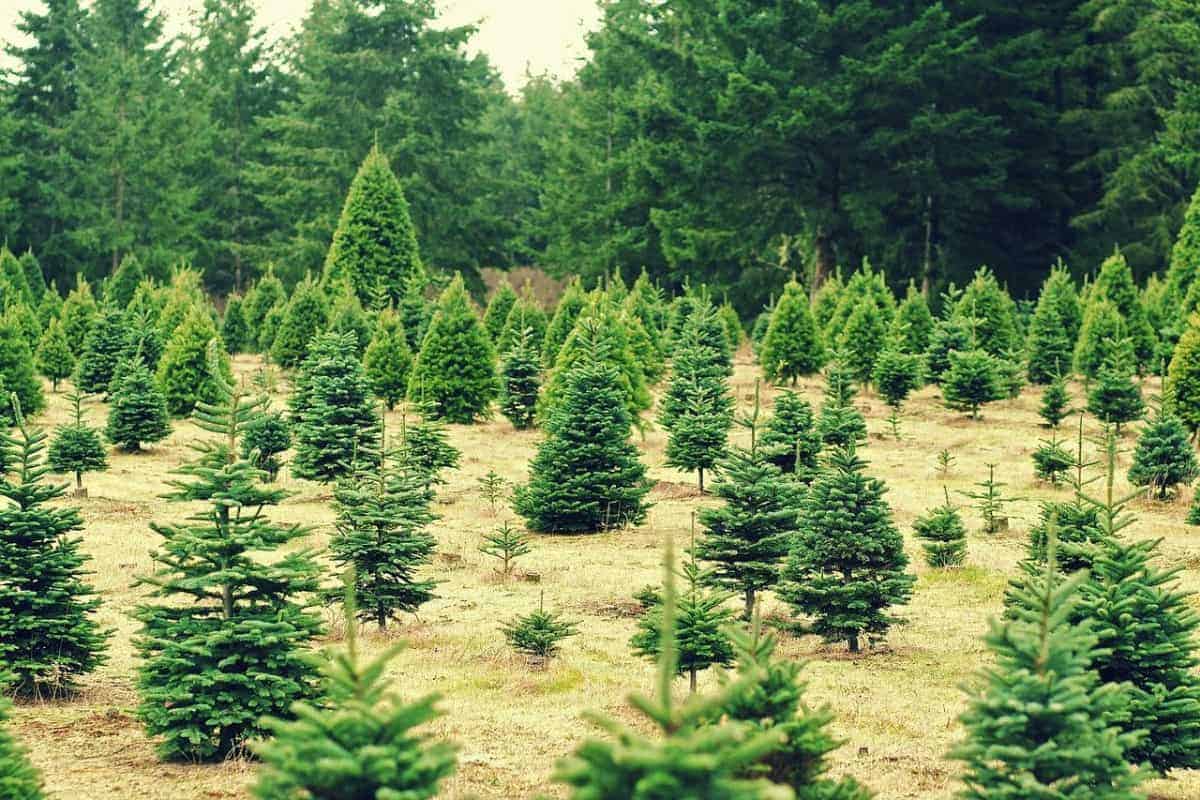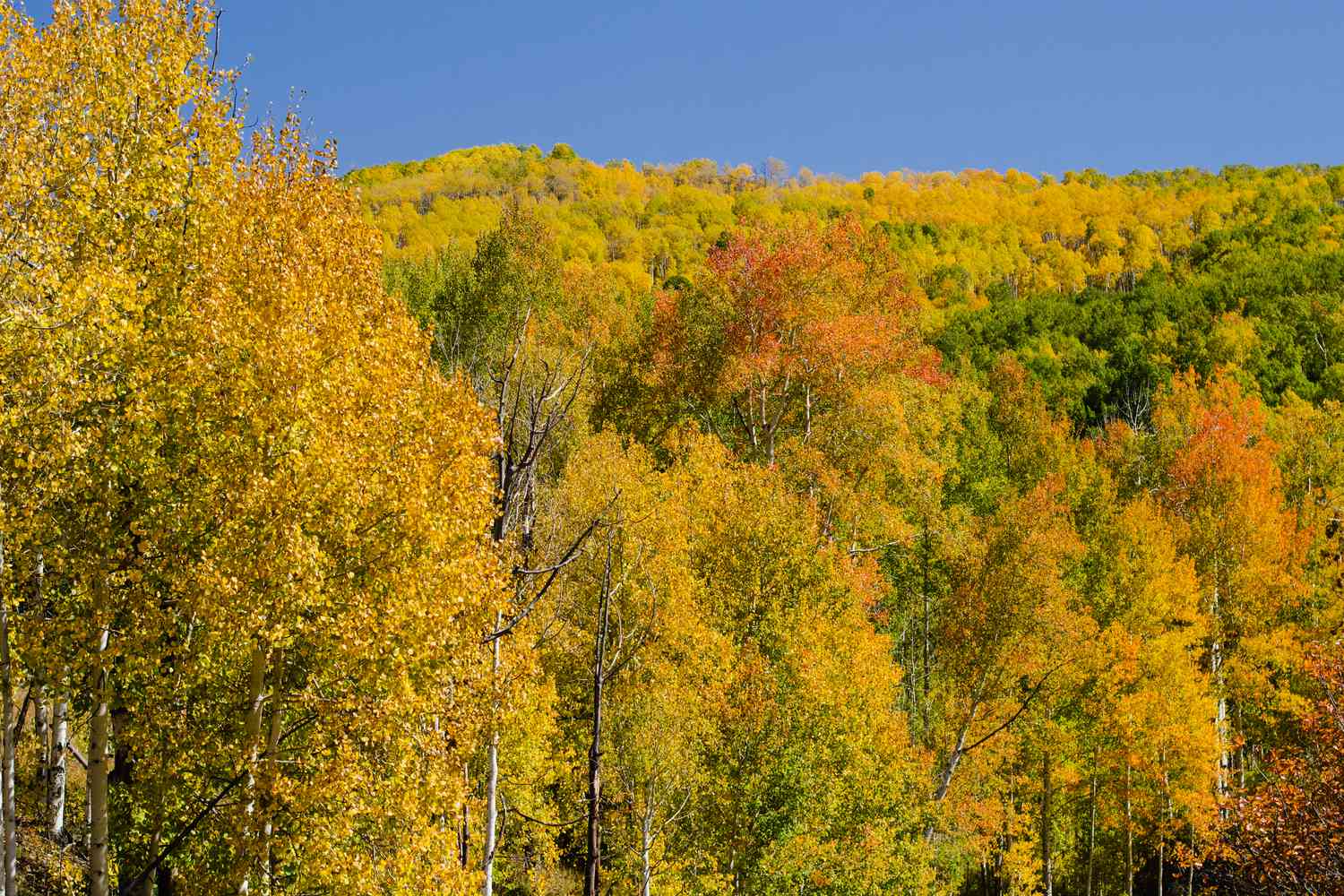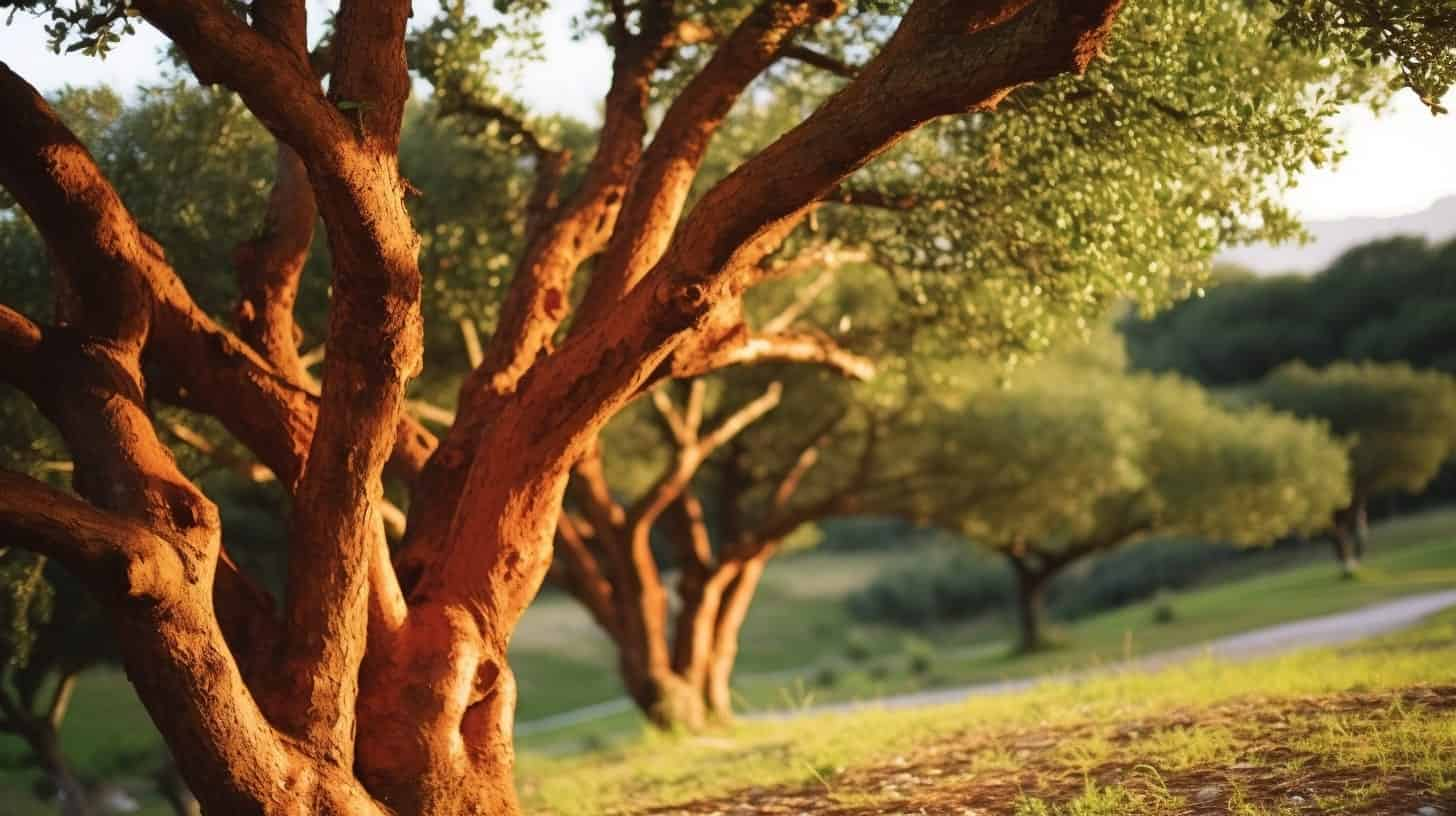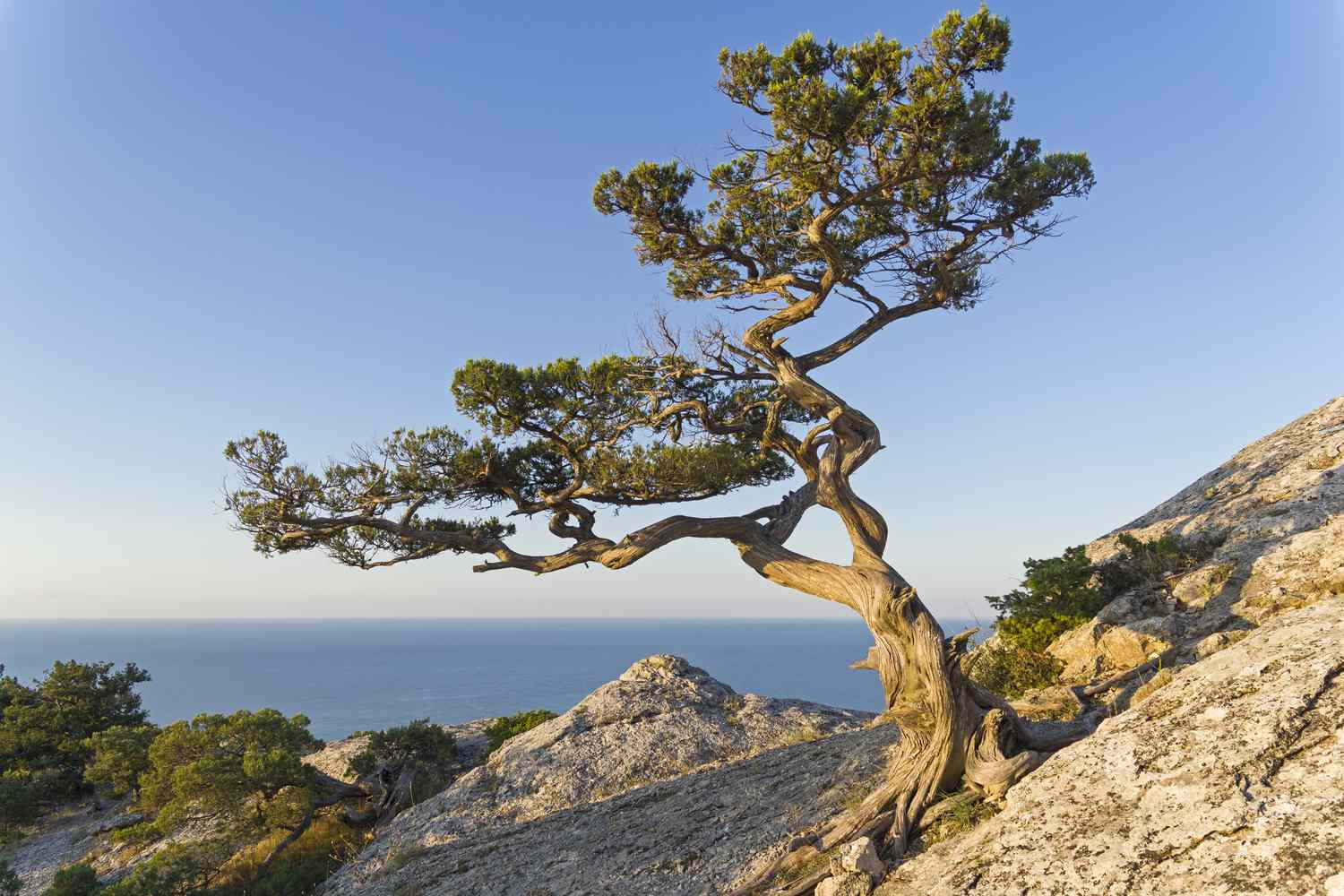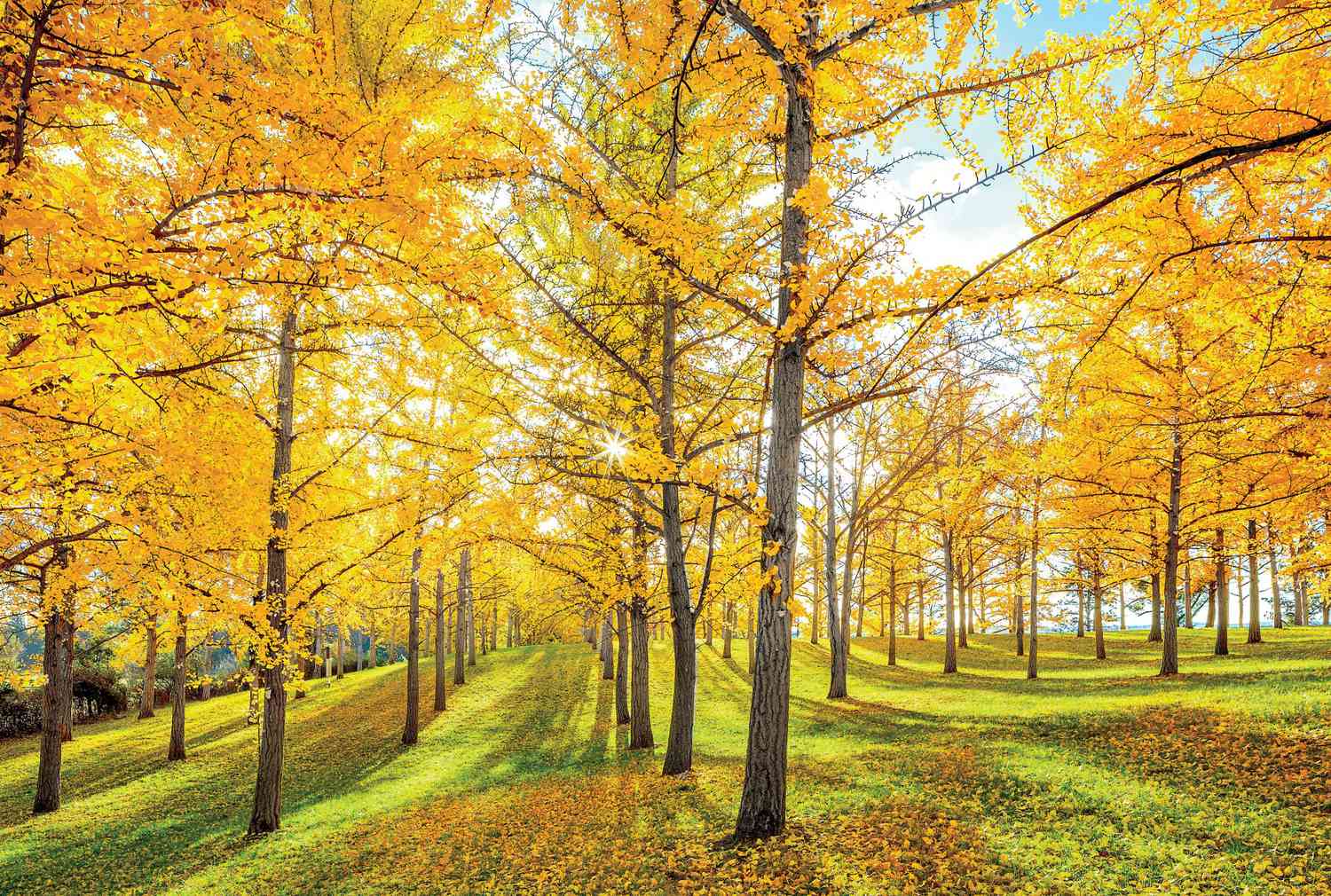Home>Types of Gardening>Edible Gardening>Where Do Hazel Trees Grow
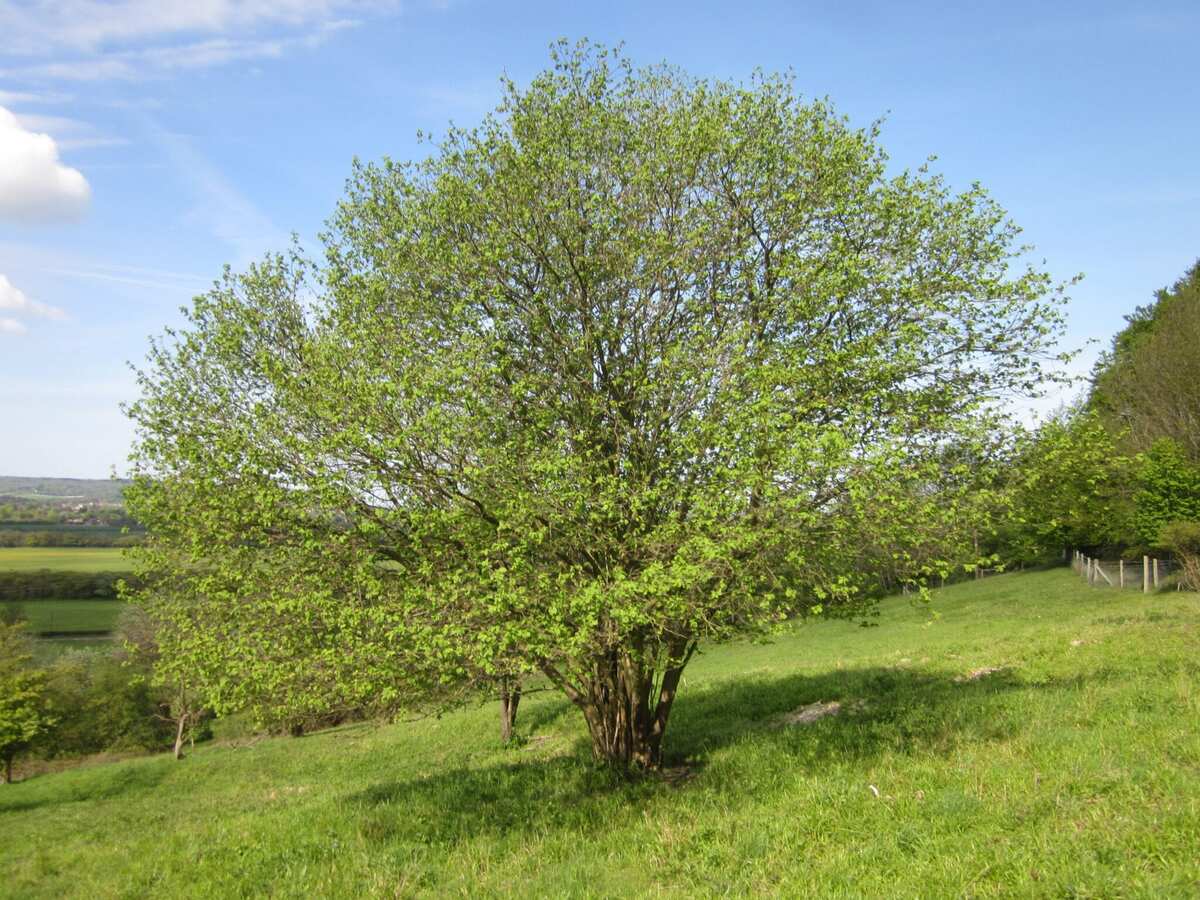

Edible Gardening
Where Do Hazel Trees Grow
Modified: January 22, 2024
Discover the perfect conditions for growing hazel trees with our guide to edible gardening. Learn where these versatile trees thrive and how to cultivate them in your own garden.
(Many of the links in this article redirect to a specific reviewed product. Your purchase of these products through affiliate links helps to generate commission for Chicagolandgardening.com, at no extra cost. Learn more)
Table of Contents
Introduction
Welcome to the world of edible gardening! If you’re looking to grow your own food and create a sustainable and bountiful garden, you’ve come to the right place. One of the most popular choices for edible gardening is planting hazel trees.
Hazel trees, scientifically known as Corylus avellana, are not only beautiful additions to any landscape, but they also provide a wide array of benefits. From their delicious and nutritious nuts to their ability to attract pollinators, hazel trees are a fantastic choice for edible gardening enthusiasts.
Whether you’re a seasoned gardener or just starting out, this article will provide you with all the information you need to know about hazel trees. From their characteristics and climate requirements to cultivation tips and uses, we will delve into the world of hazel trees and help you grow your own little piece of paradise.
So, grab your gardening tools and let’s dive into the wonderful world of hazel trees!
Characteristics of Hazel Trees
Hazel trees are deciduous trees that belong to the Betulaceae family. They typically have a medium to large size, reaching heights of up to 20 to 30 feet (6 to 9 meters). One of the distinguishing features of hazel trees is their twisted and gnarled branches, giving them a unique and charming appearance.
The leaves of hazel trees are broad and rounded, with a softly serrated edge. They are a vibrant green color during the spring and summer months, turning various shades of yellow and orange in the fall. The leaves provide an attractive contrast against the tree’s smooth, gray bark, adding to its visual appeal.
One of the most sought-after characteristics of hazel trees is their ability to produce delicious and nutritious nuts. The hazelnuts, also known as filberts, are high in protein, healthy fats, and vitamins. They are encapsulated in a hard outer shell that splits open when the nuts are ripe and ready to be harvested.
Aside from their culinary use, hazel trees also offer ecological benefits. They act as a valuable habitat for various wildlife, including birds and small mammals. The dense foliage and branches of the hazel tree provide excellent cover and nesting sites, making it a favored spot for many creatures.
Furthermore, hazel trees have the unique ability to fix nitrogen from the atmosphere and transfer it to the soil. This process, known as nitrogen fixation, improves the soil’s fertility and nourishes neighboring plants, making hazel trees a valuable addition to any agroforestry system or permaculture garden.
Overall, hazel trees possess a combination of aesthetic appeal, nutritious produce, and ecological value, making them an excellent choice for edible gardening enthusiasts.
Climate Requirements for Hazel Trees
Hazel trees are known for their adaptability to a wide range of climates, making them suitable for various regions. However, they thrive best in temperate climates with mild winters and cool summers. Ideal temperature ranges for hazel trees fall between 45°F to 70°F (7°C to 21°C).
These trees prefer areas with a moderate amount of rainfall, typically around 20 to 40 inches (50 to 100 cm) annually. Consistent moisture is essential for the proper growth and development of hazel trees, especially during the critical stages of fruiting and nut production.
While hazel trees can tolerate different soil types, they prefer well-draining soils that are rich in organic matter. A pH level of around 6.0 to 7.5 is considered optimal for hazel tree growth. It is important to ensure that the soil does not become waterlogged, as excessive moisture can lead to root rot and other issues.
When it comes to sunlight requirements, hazel trees thrive in areas where they receive full sun to part shade. They require at least six hours of direct sunlight per day to promote healthy growth and fruit production. However, they can also tolerate some shade, making them a versatile choice for gardens with partially shaded areas.
It is worth noting that different hazel tree cultivars may have specific climate preferences. Some varieties may be more tolerant of colder temperatures, while others may be better suited to warmer climates. Therefore, it is important to research and select hazel tree varieties that are well-suited to your specific climatic conditions.
By providing the right climate conditions, hazel trees can flourish and provide you with a bountiful harvest of delicious nuts year after year.
Native Range of Hazel Trees
Hazel trees are native to various regions of the Northern Hemisphere. They have a wide distribution across Europe, Asia, and North America. The exact native range of hazel trees is somewhat difficult to define due to their extensive naturalization in different parts of the world.
In Europe, hazel trees are commonly found in countries such as the United Kingdom, France, Germany, and Italy. They are a familiar sight in woodlands, hedgerows, and garden landscapes. Hazel trees have been a part of European culture for centuries and have even been depicted in ancient cave paintings.
Across different parts of Asia, hazel trees can be found in countries like China, Japan, Korea, and Russia. They are valued not only for their nuts but also for their wood, which is used for various purposes, including furniture, tool handles, and fuel.
In North America, native species of hazel trees are found primarily in the eastern regions. American hazelnut (Corylus americana) is one of the most common species and grows from as far north as Canada down to the southeastern United States. It is an important food source for wildlife, including birds and small mammals.
It’s important to note that hazel trees have been introduced to many other parts of the world and have naturalized in diverse climates and ecosystems. They are highly adaptable and can thrive in different environments, given the right growing conditions.
Exploring the native range of hazel trees provides valuable insights into their cultural and ecological significance. Whether you’re in Europe, Asia, or North America, incorporating hazel trees into your edible garden can connect you to a rich history and a global community of gardeners.
Distribution of Hazel Trees
Hazel trees have a broad distribution around the world, thanks to their adaptability and the ease with which they can establish themselves in various environments. Their distribution is influenced by both natural factors and human cultivation.
Starting with Europe, hazel trees are widespread across the continent. They can be found from Western Europe, including the United Kingdom, France, and Germany, all the way to Eastern Europe, including Russia. Hazel trees are often seen in woodlands, forests, and hedgerows, adding to the natural beauty of the landscape.
In Asia, hazel trees are native to countries such as China, Japan, and Korea. These trees have a long history of cultivation for food and various other purposes. They are often found in home gardens, providing a sustainable source of nuts and a charming addition to the landscape.
In North America, hazel trees are primarily found in the eastern regions. The American hazelnut (Corylus americana) is the most prevalent native species, with its range stretching from Canada to the southeastern United States. American hazelnuts are known for their delicious nuts and their importance as a food source for wildlife.
Outside of their native ranges, hazel trees have also been introduced to other parts of the world. They have naturalized in areas with suitable climates and have become part of the local flora. In many cases, hazel trees have been intentionally cultivated for their nuts and their ability to improve soil fertility through nitrogen fixation.
Today, hazel trees can be found in various countries and regions across the globe, including North America, Europe, Asia, and even parts of South America. They have become beloved additions to both home gardens and commercial orchards, providing a sustainable source of food and contributing to the beauty and diversity of the natural landscape.
Growing Conditions for Hazel Trees
Hazel trees are relatively easy to grow and can thrive in a variety of conditions. To ensure optimal growth and a bountiful harvest, it is important to provide the right growing conditions for these versatile trees.
First and foremost, hazel trees prefer a well-draining soil that is rich in organic matter. They can tolerate a range of soil types, including loam, clay, and sandy soils. However, it is crucial to avoid waterlogged conditions, as excessive moisture can lead to root rot and other diseases.
When it comes to sunlight requirements, hazel trees thrive in full sun to part shade. They require a minimum of six hours of direct sunlight per day to promote healthy growth and fruit production. However, they can tolerate some shade, making them suitable for gardens with partially shaded areas.
Regular watering is essential during the early establishment phase of hazel trees. It is important to keep the soil consistently moist but not overly saturated. Mature hazel trees generally have a good tolerance for drought conditions, but consistent moisture will ensure optimal growth and nut production.
Pruning is also an important aspect of hazel tree care. It is recommended to prune hazel trees during the dormant season to maintain their shape and remove any dead, damaged, or crossing branches. This helps improve air circulation and sunlight penetration, leading to healthier trees and higher nut yields.
Fertilization can also be beneficial for hazel trees. Applying a balanced organic fertilizer in early spring can provide the necessary nutrients for healthy growth and abundant nut production. It is important to follow the recommended dosage and avoid excessive fertilization, which can result in excessive vegetative growth at the expense of nut production.
Lastly, hazel trees benefit from companion planting. Planting nitrogen-fixing plants, such as legumes, near hazel trees can enhance soil fertility and support their growth. Additionally, companion plants like lavender, comfrey, and borage can attract beneficial insects and help deter pests.
By providing the right growing conditions, including well-draining soil, adequate sunlight, regular watering, pruning, and appropriate fertilization, you can create an ideal environment for hazel trees to thrive and reward you with a bountiful harvest of delicious nuts.
Uses of Hazel Trees
Hazel trees offer a wide range of uses, making them a valuable addition to any garden or landscape. From culinary delights to practical applications, let’s explore the various ways in which hazel trees can be utilized.
One of the most well-known uses of hazel trees is the production of delicious and nutritious nuts. Hazel nuts, also known as filberts, are a popular ingredient in both sweet and savory dishes. They can be enjoyed roasted, used in baked goods, added to salads, or ground into nut butter. Hazel nuts are not only tasty but also rich in protein, healthy fats, and vitamins, making them a nutritious addition to any diet.
In addition to their culinary use, hazel trees have played a significant role in traditional folklore and mythology. In many cultures, hazel trees are associated with wisdom, divination, and medicinal properties. The hazel wand, often associated with druids and witches, was believed to have magical powers and the ability to detect underground water sources.
Furthermore, hazel trees have practical uses beyond their nuts. The flexible branches of hazel trees have been used for centuries in the construction of fences, baskets, and furniture. The wood, known for its durability and resistance to rot, is especially prized for making tool handles and walking sticks. In some regions, hazel wood is even used for smoking and flavoring foods.
Hazel trees also provide important ecological benefits. They offer valuable habitat and food sources for birds, small mammals, and insects. The dense foliage and intertwining branches of hazel trees provide shelter for nesting birds and create a diverse and thriving ecosystem in your garden or landscape.
Moreover, hazel trees have the unique ability to fix nitrogen from the atmosphere and improve soil fertility through a process called nitrogen fixation. This makes hazel trees an excellent choice for agroforestry systems and permaculture gardens, as they can enhance the productivity and health of neighboring plants.
Whether you’re enjoying their delicious nuts, crafting with their flexible branches, celebrating their cultural and mythological significance, or benefiting from their ecological contributions, hazel trees are a multi-purpose and versatile addition to any edible garden or landscape.
Cultivation and Maintenance of Hazel Trees
Cultivating and maintaining hazel trees requires some attention and care, but with the right practices, you can enjoy a productive and healthy tree in your garden. Here are some essential tips for successful hazel tree cultivation and maintenance:
1. Selection of Cultivars: Consider selecting disease-resistant cultivars suited to your specific climate and growing conditions. There are a variety of cultivars available, each with its own unique characteristics and flavor profiles.
2. Planting: Plant hazel trees in well-draining soil with a pH level of 6.0 to 7.5. Choose a sunny location for optimal growth and ensure proper spacing between trees to allow for sufficient air circulation and room for growth.
3. Irrigation: Proper watering is crucial during the establishment period. Keep the soil consistently moist, but avoid overwatering, which can lead to root rot. Once established, hazel trees have good tolerance for drought conditions, but regular watering during dry spells can promote healthier growth and higher nut yields.
4. Pruning: Pruning hazel trees is important for shaping, removing dead or diseased branches, and promoting airflow and sunlight penetration. It is best to prune hazel trees during the dormant season to minimize stress on the tree.
5. Fertilization: Hazels are relatively low-maintenance when it comes to fertilization. However, applying a balanced organic fertilizer in early spring can provide a nutritional boost for healthy growth and nut production.
6. Pest and Disease Management: Monitor your hazel trees regularly for pests such as aphids, caterpillars, and squirrels. Apply appropriate methods such as organic sprays or physical barriers to protect your crop from damage. Regular inspection and maintaining good garden hygiene can help prevent diseases such as bacterial blight and fungal infections.
7. Harvesting: Hazelnuts are typically ready for harvest in late summer or early fall. Harvest the nuts when the husks turn brown and the nuts inside have fully matured. Gather the nuts that have fallen to the ground or gently shake the tree to collect the ripe ones.
8. Winter Care: In colder climates, protect hazel trees during the winter by mulching around the base of the tree to insulate the roots. This will help prevent damage from freezing temperatures.
By following these cultivation and maintenance practices, you can enjoy the beauty and abundance of hazel trees in your garden and enjoy the satisfaction of growing your own delicious, nutrient-rich hazelnuts.
Conclusion
Hazel trees are truly remarkable additions to any edible garden or landscape. With their unique characteristics, adaptability to various climates, and versatile uses, they offer a wealth of benefits to both gardeners and the environment. From the delicious and nutritious nuts they produce to their ecological contributions, hazel trees have much to offer.
Whether you’re a seasoned gardener or just starting out, hazel trees are an excellent choice for edible gardening. Their medium to large size, twisted branches, and vibrant leaves add visual appeal to any garden setting. Not to mention, the delight of harvesting your own fresh hazelnuts and enjoying their culinary versatility.
When cultivating hazel trees, it is important to consider their specific climate requirements. Providing well-draining soil, adequate sunlight, and the right watering and pruning practices will ensure their optimal growth and productivity.
Furthermore, hazel trees contribute to the health and diversity of ecosystems. They act as valuable habitats for wildlife, improve soil fertility through nitrogen fixation, and enhance the overall beauty and ecological balance of the surrounding environment.
By planting hazel trees in your garden, you not only have the opportunity to enjoy their delicious nuts and unique characteristics but also contribute to sustainable and regenerative gardening practices. Whether you’re aiming for a bountiful harvest, creating a wildlife-friendly habitat, or simply adding a touch of beauty to your garden, hazel trees are an excellent choice.
So, embark on your edible gardening adventure and make room for hazel trees in your landscape. Their adaptability, versatility, and numerous benefits will bring you joy, satisfaction, and a taste of nature’s bounty for years to come.
